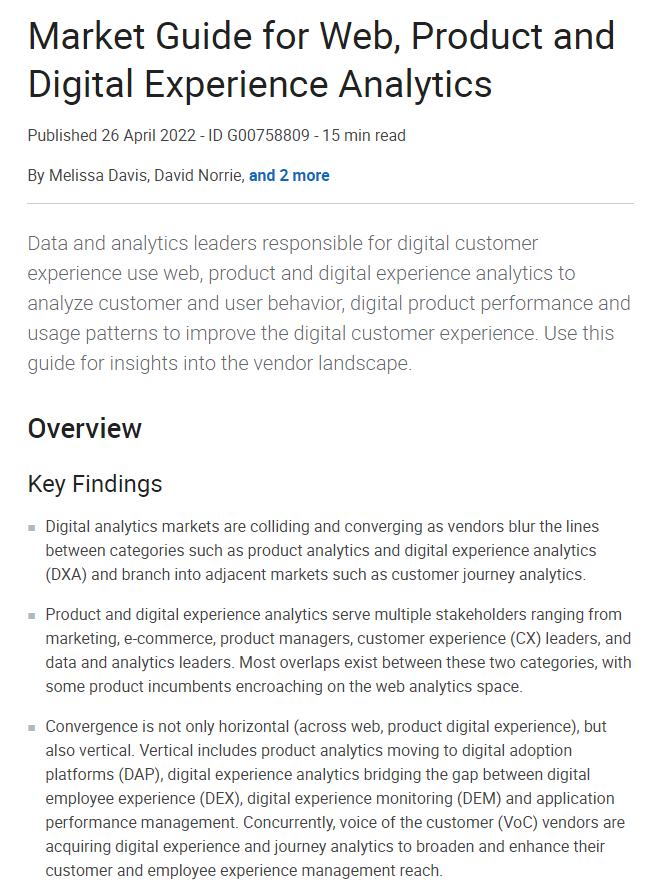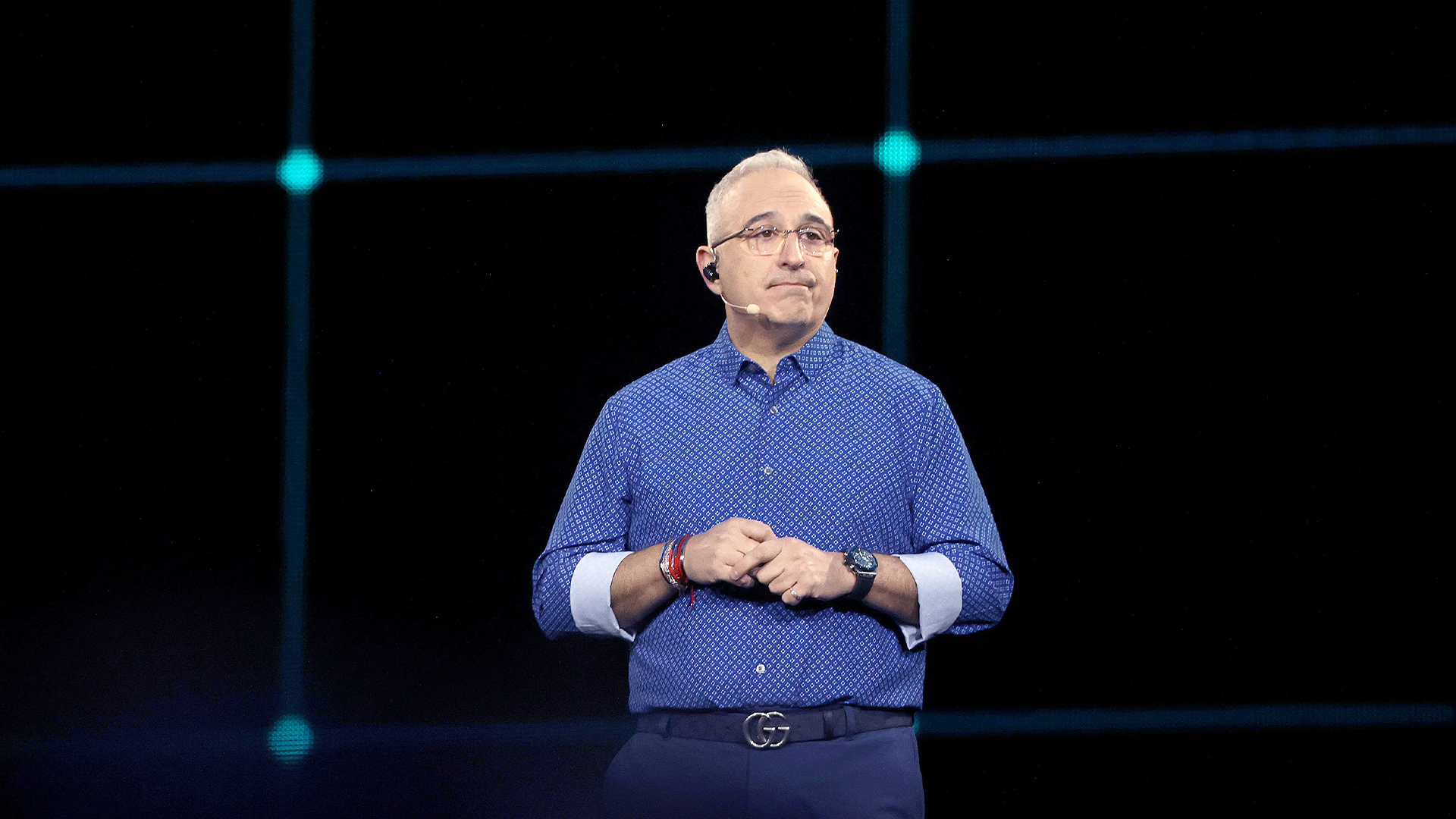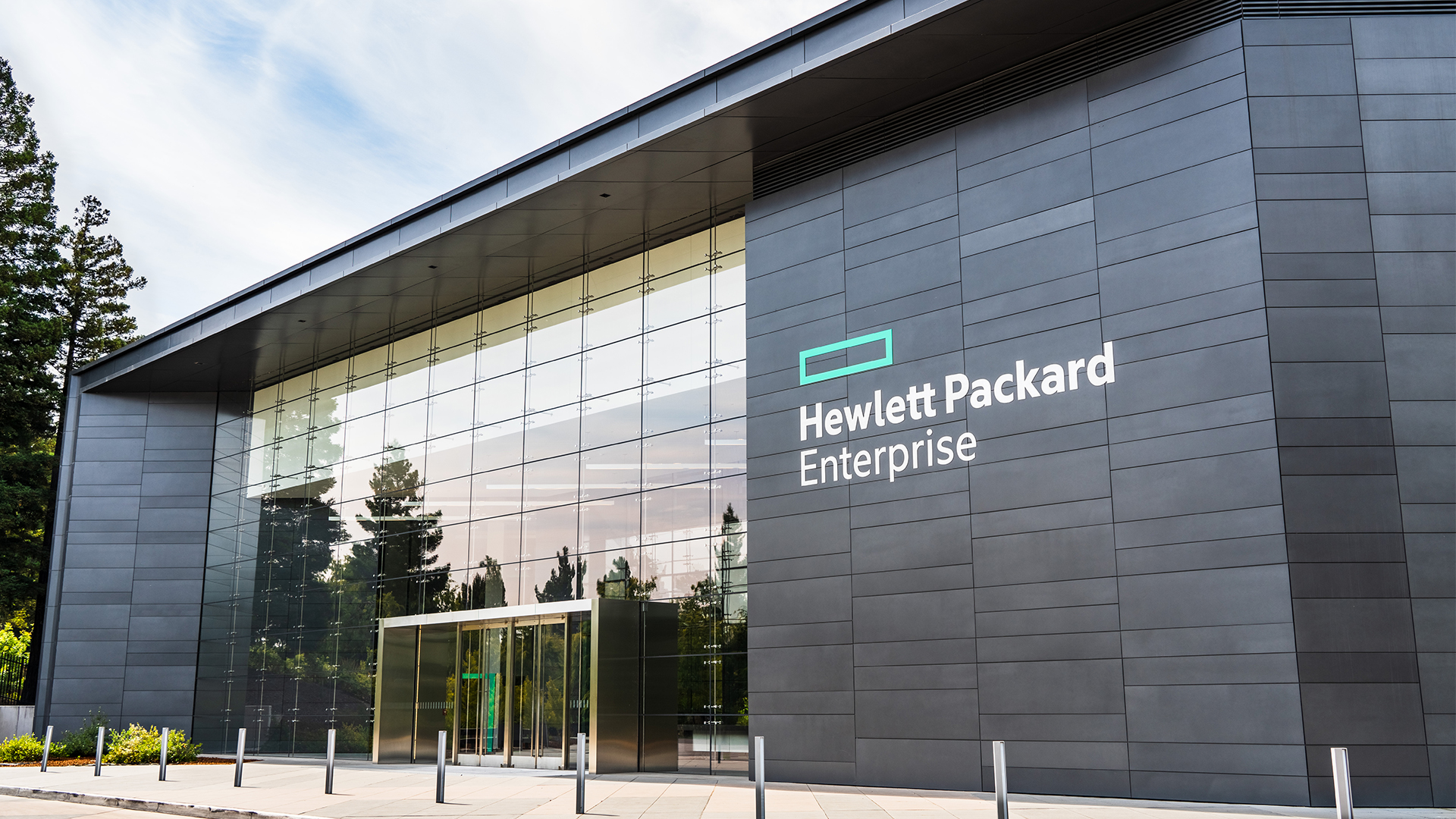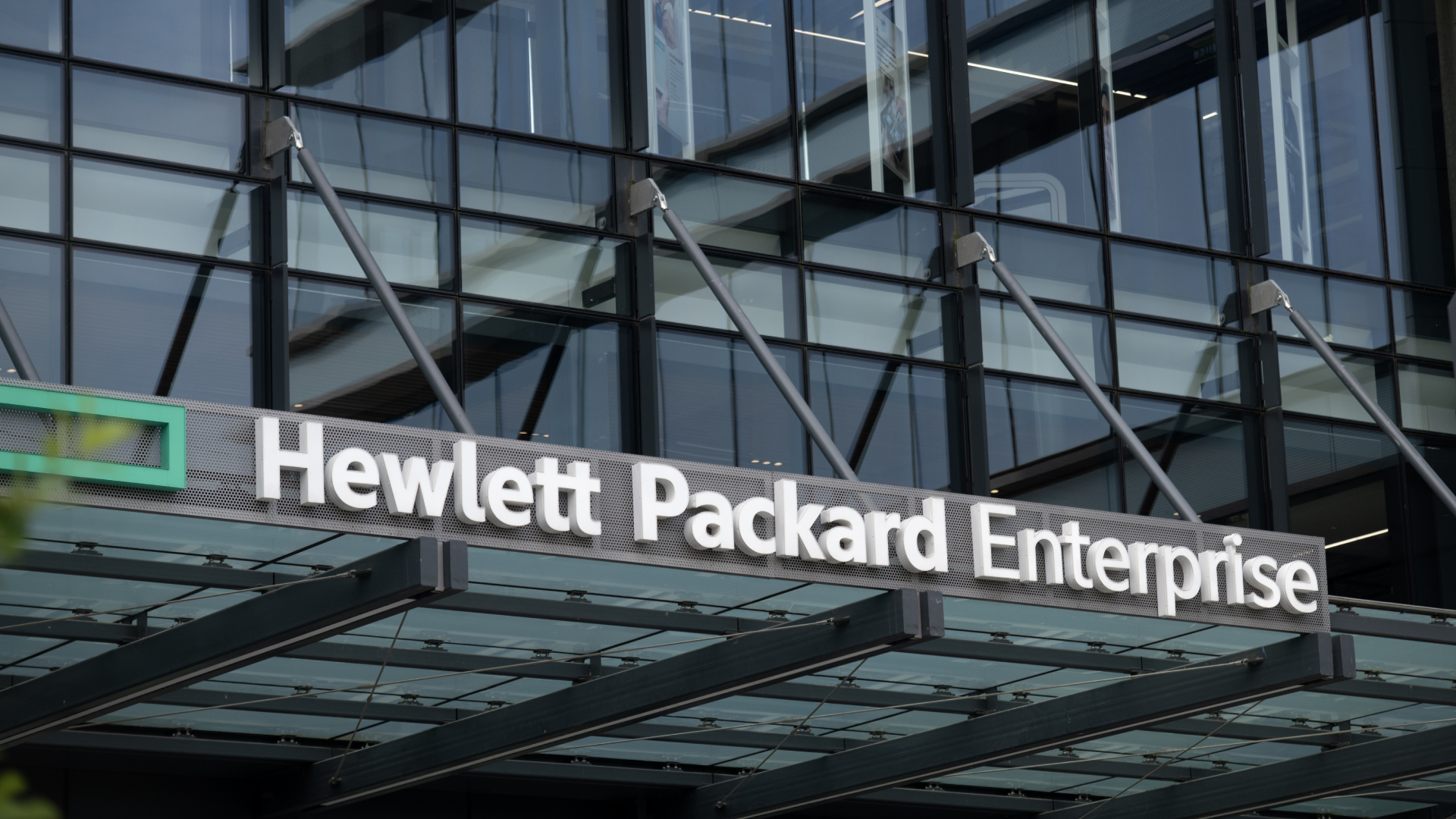HPE Cray supercomputer to boost Singapore’s met office weather forecasting
The new system provides twice the speed of its predecessor and has a peak performance of 401.4 teraflops


HPE has built a new Cray supercomputer for the Meteorological Service Singapore (MSS) to advance weather forecasting and tropical climate research for Singapore and the broader Southeast Asia region.
The new hardware is set to replace MSS’s existing system, delivering nearly twice as much performance and advanced capabilities across compute, storage, software, and networking.
It will be hosted at MSS’s data centre in the Centre for Climate Research Singapore (CCRS). The organisations underlined that as climate modelling becomes increasingly complex due to new seasonal patterns, it requires faster, more sophisticated supercomputing capabilities.
RELATED RESOURCE

Market guide for web, product, and digital experience analytics
Analyse customer and user behaviour, digital product performance and usage patterns to improve the digital customer experience
The supercomputer will help increase forecast skills through improved numerical model configurations and advanced data assimilation of ground-and space-based weather observations in MSS’s numerical weather prediction system called ‘SINGV’.
Additionally, it will enable the use of modern forecast postprocessing algorithms, using machine learning techniques, to improve the quality of forecasts.
HPE said the enhanced computational power will help the MSS to further develop models to deliver improved weather and climate products. This includes sub-kilometre scale urban modelling (uSINGV), which is being developed to represent the urban environment more appropriately in weather and climate applications.
An improved coupled ocean-atmosphere-land-wave modelling system (cSINGV) will also capture and improve the understanding of the strong feedbacks between the atmosphere, land and ocean, which have a significant impact on the weather and climate over the Southeast Asia region.
Sign up today and you will receive a free copy of our Future Focus 2025 report - the leading guidance on AI, cybersecurity and other IT challenges as per 700+ senior executives
“At CCRS, our scientists and software engineers are committed to developing advanced modelling systems and examining complex data to provide timely weather forecasts for our nation, which due to the island’s unique geological positioning, often experiences various of weather processes on a daily basis,” said Prof. Dale Barker, director at CCRS.
“After collaborating with Hewlett Packard Enterprise to design the new supercomputer, our research centre will gain a faster system with next-generation technologies to advance modelling and simulation tools, while introducing new capabilities to test and apply future types of applications for deeper research methodologies.”
MSS will get nearly double the performance, with a peak performance of 401.4 teraflops. It has 196 3rd-gen AMD EPYC processors to target modelling and simulation of weather and climate data as well as HPE Slingshot to deliver an additional boost in speed while enabling congestion control for larger data-intensive and AI workloads.
The supercomputer contains a Cray ClusterStor E1000 storage parallel system and a framework to address storage demands of data growth and complexity from an increase of workloads in modelling, simulation, and AI.
Lastly, the new system will continue to use Altair PBS Professional, a job-scheduling and workload manager to efficiently scale and optimise various modelling, simulation, and AI workloads.
With a peak performance of 401.4 teraflops, it is significantly slower than other supercomputers HPE has built recently. In December 2021, the company was set to build a supercomputer for Thailand’s science agency, with a peak performance of 13 petaflops. A petaflop is equal to 1,000 teraflops.
Additionally, in September 2022, HPE revealed it would build a system for a university in Saudi Arabia, which is set to reach 100 petaflop/s of performance. It’s set to deliver supercomputing and artificial intelligence capabilities for research in fields like food, water, energy, and the environment.
Zach Marzouk is a former ITPro, CloudPro, and ChannelPro staff writer, covering topics like security, privacy, worker rights, and startups, primarily in the Asia Pacific and the US regions. Zach joined ITPro in 2017 where he was introduced to the world of B2B technology as a junior staff writer, before he returned to Argentina in 2018, working in communications and as a copywriter. In 2021, he made his way back to ITPro as a staff writer during the pandemic, before joining the world of freelance in 2022.
-
 Microsoft wants to replace C and C++ with Rust by 2030
Microsoft wants to replace C and C++ with Rust by 2030News Windows won’t be rewritten in Rust using AI, according to a senior Microsoft engineer, but the company still has bold plans for embracing the popular programming language
-
 Google drops $4.75bn on data center and energy firm Intersect
Google drops $4.75bn on data center and energy firm IntersectNews The investment marks the latest move from Google to boost its infrastructure sustainability credentials
-
 HPE and Nvidia launch first EU AI factory lab in France
HPE and Nvidia launch first EU AI factory lab in FranceNews The facility will let customers test and validate their sovereign AI factories
-
 HPE's AI factory line just got a huge update
HPE's AI factory line just got a huge updatenews New 'composable' services with Nvidia hardware will allow businesses to scale AI infrastructure
-
 What HPE's results say about the direction of enterprise AI
What HPE's results say about the direction of enterprise AIAnalysis As with cloud computing, some companies value privacy over capacity
-
 Gaining timely insights with AI inferencing at the edge
Gaining timely insights with AI inferencing at the edgeWhitepaper Business differentiation in an AI-everywhere era
-
 Digital strategies in the era of AI
Digital strategies in the era of AIWhitepaper Businesses are on the cusp of a major paradigm shift
-
 HPE’s AI and supercomputing journey continues with new Cray and Slingshot hardware
HPE’s AI and supercomputing journey continues with new Cray and Slingshot hardwareNews The company is also wooing MSPs and enterprises looking to roll out AI on-premises
-
 Scaling AI from pilot to production: Maximize AI impact with HPE & Intel
Scaling AI from pilot to production: Maximize AI impact with HPE & IntelWhitepaper Transform AI proof-of-concepts into full-scale implementations
-
 HPE’s ‘one-click AI solution’ for private cloud cuts project times from months to a ‘single moment’
HPE’s ‘one-click AI solution’ for private cloud cuts project times from months to a ‘single moment’News The new tools allow generative AI virtual assistants to be launched in seconds, using private data
